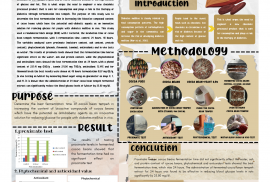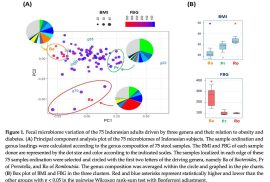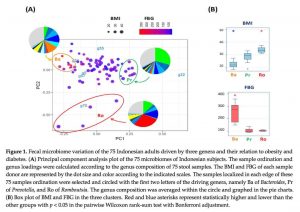By: Riya andila, Tyas Utami, Endang S. Rahayu
ABSTRACT
Yoghurt contains many volatile compounds. However, in the drying process into yoghurt powder using spray dying, high temperatures can damage the volatile components of yoghurt. Encapsulation technique is believed to be a solution to protect yoghurt powder from losing flavor during the drying process, but its ability depends on the type of encapsulation used. This study investigated the volatile components of yoghurt powder that were encapsulated using 2 types of encapsulation. Yoghurt powder was prepared by adding skim and maltodextrin encapsulants with concentrations of 5%, 10% and 15% using spray drying at an inlet temperature of 110˚C and outlet temperature of 68-80˚C. Cell viability, pH, total titrated acid, moisture content, and volatile compounds were investigated. The result showed that the variation of encapsulant and concentration affect the volatile compound and physicochemical of yoghurt powder. Yoghurt powder with the addition of 15% maltodextrin encapsulant is able to retain a number of the main volatile compounds of yoghurt (aldehyde, acetoin, acetic acid, and some aromatic compounds), has a water content according to SNI (3.85%), able to maintain the production of yoghurt powder (pH 3.92 and total acid titrated 0.87) after undergoing a drying process using spray drying, and has a solubility percentage of 89.10% after the spray drying process.











